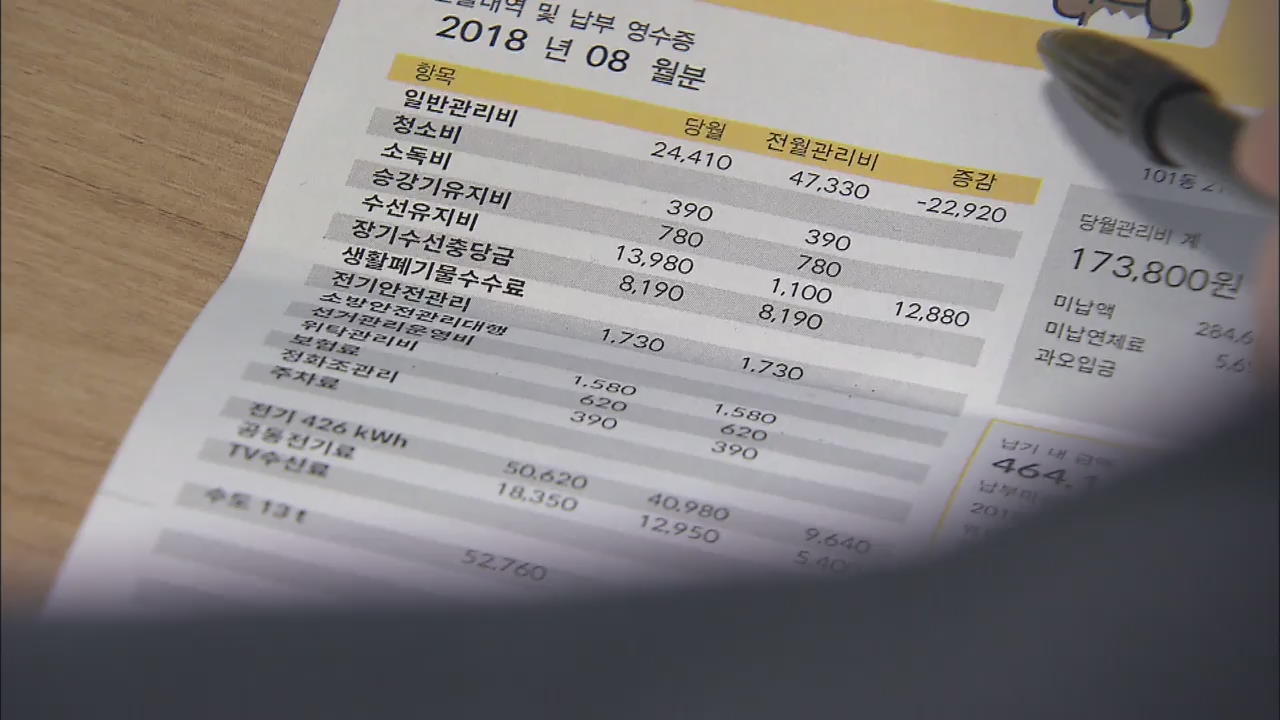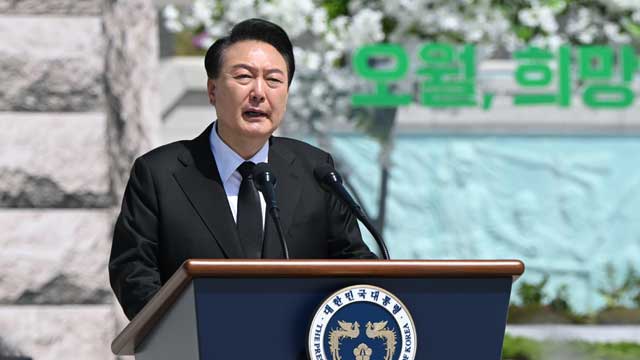Low Birth Rate
입력 2018.11.01 (15:07)
수정 2018.11.01 (15:22)
읽어주기 기능은 크롬기반의
브라우저에서만 사용하실 수 있습니다.
[Anchor Lead]
The South Korean government has invested more than 120 trillion won over the past 12 years to boost the nation's plunging birth rate. Nonetheless, South Korea's total fertility rate is predicted to plummet this year to less than one child per woman. Many are calling for overhauling government policies to raise the country's birth rate.
[Pkg]
Chung Ae-na has recently resumed her career after a ten-month maternity leave. She was able to return to work thanks to the so-called automatic parenting leave system, which allows employees to take maternity or paternity leaves upon having a child. The legislation of this system, which is currently in use in one out of every five large conglomerates in Korea, has emerged as an essential policy to address the plunging birth rate and society's rapid aging. At a recent meeting, government officials also proposed introducing a two-shift working system for kindergarten teachers to improve the quality of daycare centers, allowing employees with young children to work shorter hours, and to guarantee income, during parenting leaves via labor-management grant programs. The new policies seek to improve people's quality of life and gender equality rather than simply encouraging the public to have children.
[Soundbite] Hong Seung-ah(Korea Women's Development Institute) : "The ratio of temporary workers to permanent employees is higher among women. It's 58 percent. This is more serious than among men. This problem is closely correlated with the birth rate issue."
Pundits say that birth rate policies must be implemented consistently in the mid to long term regardless of which political party rules the nation.
The South Korean government has invested more than 120 trillion won over the past 12 years to boost the nation's plunging birth rate. Nonetheless, South Korea's total fertility rate is predicted to plummet this year to less than one child per woman. Many are calling for overhauling government policies to raise the country's birth rate.
[Pkg]
Chung Ae-na has recently resumed her career after a ten-month maternity leave. She was able to return to work thanks to the so-called automatic parenting leave system, which allows employees to take maternity or paternity leaves upon having a child. The legislation of this system, which is currently in use in one out of every five large conglomerates in Korea, has emerged as an essential policy to address the plunging birth rate and society's rapid aging. At a recent meeting, government officials also proposed introducing a two-shift working system for kindergarten teachers to improve the quality of daycare centers, allowing employees with young children to work shorter hours, and to guarantee income, during parenting leaves via labor-management grant programs. The new policies seek to improve people's quality of life and gender equality rather than simply encouraging the public to have children.
[Soundbite] Hong Seung-ah(Korea Women's Development Institute) : "The ratio of temporary workers to permanent employees is higher among women. It's 58 percent. This is more serious than among men. This problem is closely correlated with the birth rate issue."
Pundits say that birth rate policies must be implemented consistently in the mid to long term regardless of which political party rules the nation.
■ 제보하기
▷ 카카오톡 : 'KBS제보' 검색, 채널 추가
▷ 전화 : 02-781-1234, 4444
▷ 이메일 : kbs1234@kbs.co.kr
▷ 유튜브, 네이버, 카카오에서도 KBS뉴스를 구독해주세요!
- Low Birth Rate
-
- 입력 2018-11-01 15:13:58
- 수정2018-11-01 15:22:46

[Anchor Lead]
The South Korean government has invested more than 120 trillion won over the past 12 years to boost the nation's plunging birth rate. Nonetheless, South Korea's total fertility rate is predicted to plummet this year to less than one child per woman. Many are calling for overhauling government policies to raise the country's birth rate.
[Pkg]
Chung Ae-na has recently resumed her career after a ten-month maternity leave. She was able to return to work thanks to the so-called automatic parenting leave system, which allows employees to take maternity or paternity leaves upon having a child. The legislation of this system, which is currently in use in one out of every five large conglomerates in Korea, has emerged as an essential policy to address the plunging birth rate and society's rapid aging. At a recent meeting, government officials also proposed introducing a two-shift working system for kindergarten teachers to improve the quality of daycare centers, allowing employees with young children to work shorter hours, and to guarantee income, during parenting leaves via labor-management grant programs. The new policies seek to improve people's quality of life and gender equality rather than simply encouraging the public to have children.
[Soundbite] Hong Seung-ah(Korea Women's Development Institute) : "The ratio of temporary workers to permanent employees is higher among women. It's 58 percent. This is more serious than among men. This problem is closely correlated with the birth rate issue."
Pundits say that birth rate policies must be implemented consistently in the mid to long term regardless of which political party rules the nation.
The South Korean government has invested more than 120 trillion won over the past 12 years to boost the nation's plunging birth rate. Nonetheless, South Korea's total fertility rate is predicted to plummet this year to less than one child per woman. Many are calling for overhauling government policies to raise the country's birth rate.
[Pkg]
Chung Ae-na has recently resumed her career after a ten-month maternity leave. She was able to return to work thanks to the so-called automatic parenting leave system, which allows employees to take maternity or paternity leaves upon having a child. The legislation of this system, which is currently in use in one out of every five large conglomerates in Korea, has emerged as an essential policy to address the plunging birth rate and society's rapid aging. At a recent meeting, government officials also proposed introducing a two-shift working system for kindergarten teachers to improve the quality of daycare centers, allowing employees with young children to work shorter hours, and to guarantee income, during parenting leaves via labor-management grant programs. The new policies seek to improve people's quality of life and gender equality rather than simply encouraging the public to have children.
[Soundbite] Hong Seung-ah(Korea Women's Development Institute) : "The ratio of temporary workers to permanent employees is higher among women. It's 58 percent. This is more serious than among men. This problem is closely correlated with the birth rate issue."
Pundits say that birth rate policies must be implemented consistently in the mid to long term regardless of which political party rules the nation.
이 기사가 좋으셨다면
-
좋아요
0
-
응원해요
0
-
후속 원해요
0

















이 기사에 대한 의견을 남겨주세요.